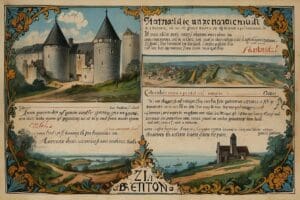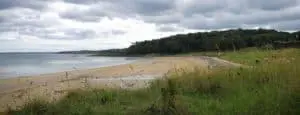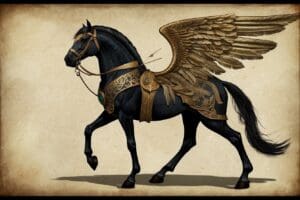Cross-Cultural Echoes: Irish Selkies and Japanese Kappas
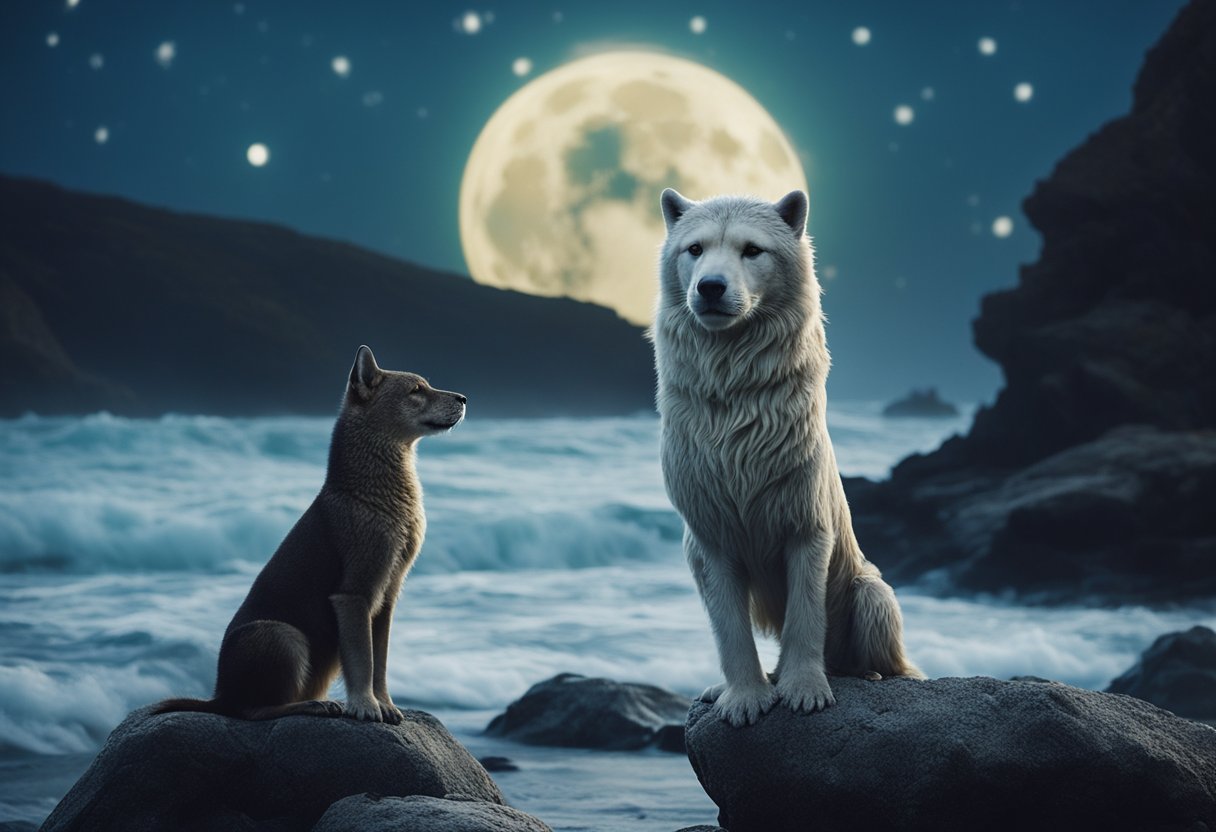
Updated On: April 24, 2024 by Maha Yassin
As we dive into mythology, we find that folkloric tales often reflect the fears, values, and aspirations common to human experience across the globe. Despite geographical distances and cultural disparities, we can identify striking parallels between the Irish Selkies and Japanese Kappas. Irish Selkies, mystical seal creatures that transform into humans, carry tales of love, loss, and freedom. Their stories, deeply ingrained in Celtic culture, speak to the relationship between humans and the natural world.
Conversely, the Kappas of Japanese folklore, often depicted as water-dwelling creatures with turtle-like features, are known for their cunning and sometimes malevolent interactions with humans. While rooted in Shinto beliefs, these narratives underscore respect, balance, and caution in the face of the unknown. Exploring these two mythological beings allows us to reflect on the societal behaviours that both cultures derived from their surroundings, highlighting how legends can bridge human understanding across oceans.
Historical Context for Irish Selkies and Japanese Kappas
Exploring the mythologies of selkies and kappas allows us to understand how different cultures interpret the relationship between humans and the natural world. Our focus will investigate the historical underpinnings of these creatures in their respective cultures.
Irish Mythology of Selkies
Selkies are a cornerstone of maritime lore in the coastal regions encompassing the Republic of Ireland and Northern Ireland. Within these narratives, selkies are seal beings with the magical ability to shed their seal skins and transform into humans on land. The history of selkie folklore is bound with the cultural fabric of Ireland and the UK, reflecting the interplay of human lives with the powerful and often mysterious sea. Many interpretations suggest that the legends of selkies perhaps emerged to make sense of unexpected encounters with foreigners or to explain the loss of loved ones at sea.
Japanese Mythology of Japanese Kappas
In parallel, Japanese culture introduces us to kappas, water spirits that inhabit the rivers and lakes of Japan. Steeped in the nation’s history, kappa tales serve as cautionary fables instructing children on the dangers of water bodies. These creatures, often mischievous and sometimes menacing, reflect the Japanese respect and reverence for the forces of nature. Kappas have been a part of Japanese folklore for centuries, embodying the delicate balance between the benefits and perils provided by the waterways that have been crucial for survival in Japan.
Cultural Significance
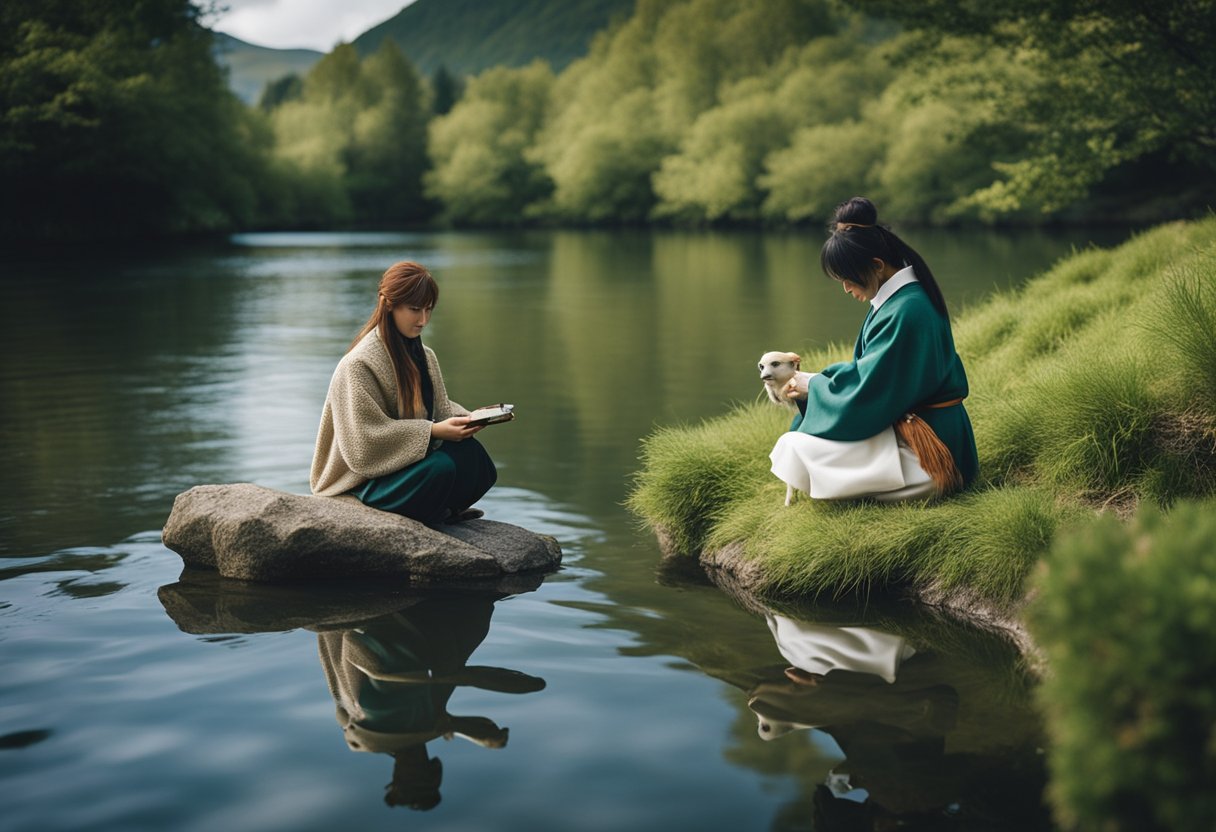
Folklore and cultural narratives are pivotal in forming national identity and the arts. In exploring the cultural significance of folklore, we delve into how mythical creatures like Irish Selkies and Japanese Kappas resonate within their respective cultures.
Folklore and National Identity
Irish Selkies, seals in water that can shed their skin to become human on land, are intricately woven into Irish and Scottish heritage fabric. This folklore reflects a deep connection with the sea, emphasising the importance of coexistence and respect for nature. On the other side of the world, Kappas are revered in Japanese folklore as water spirits with a complex disposition. These mythological beings highlight the cultural value of balance and caution in dealing with forces beyond human control.
The stories of the Selkies have found their way into the collective cultural consciousness, symbolising the nation’s ties to the mysterious sea. For instance, Connolly Cove discusses the ultimate mythology blog, including top Selkie facts that are integral to Scottish and Irish mythology. Likewise, Kappas occupy a significant place in Japanese cultural narratives, reminding us of humans’ delicate relationship with the watery depths.
Myths in Literature and Arts
In literature, these folklore entities inspire numerous works. Irish poetry, for example, is rich with references to Selkies, imbuing the verse with a sense of longing and the ethereal. Myths also cross over into British literature, where the transformative nature of creatures like Selkies can serve allegorical purposes, reflecting societal and cultural changes.
Moreover, these folkloric figures have been the muse behind various artistic expressions. The metamorphosis of Selkies has been gracefully incarnated through dance and portrayed in haunting music, synthesising the emotive power of these tales with movement and sound. The same can be noted for Kappas, which influence traditional Japanese dance and music, capturing the dual spirit of wonder and admonition.
Selkies and Kappas have transcended their origins, seeping into the global cultural landscape and transforming under the diverse influences they encounter. This cross-cultural dialogue entertains and enriches our understanding of the human condition and the world we share.
Language and Terminology
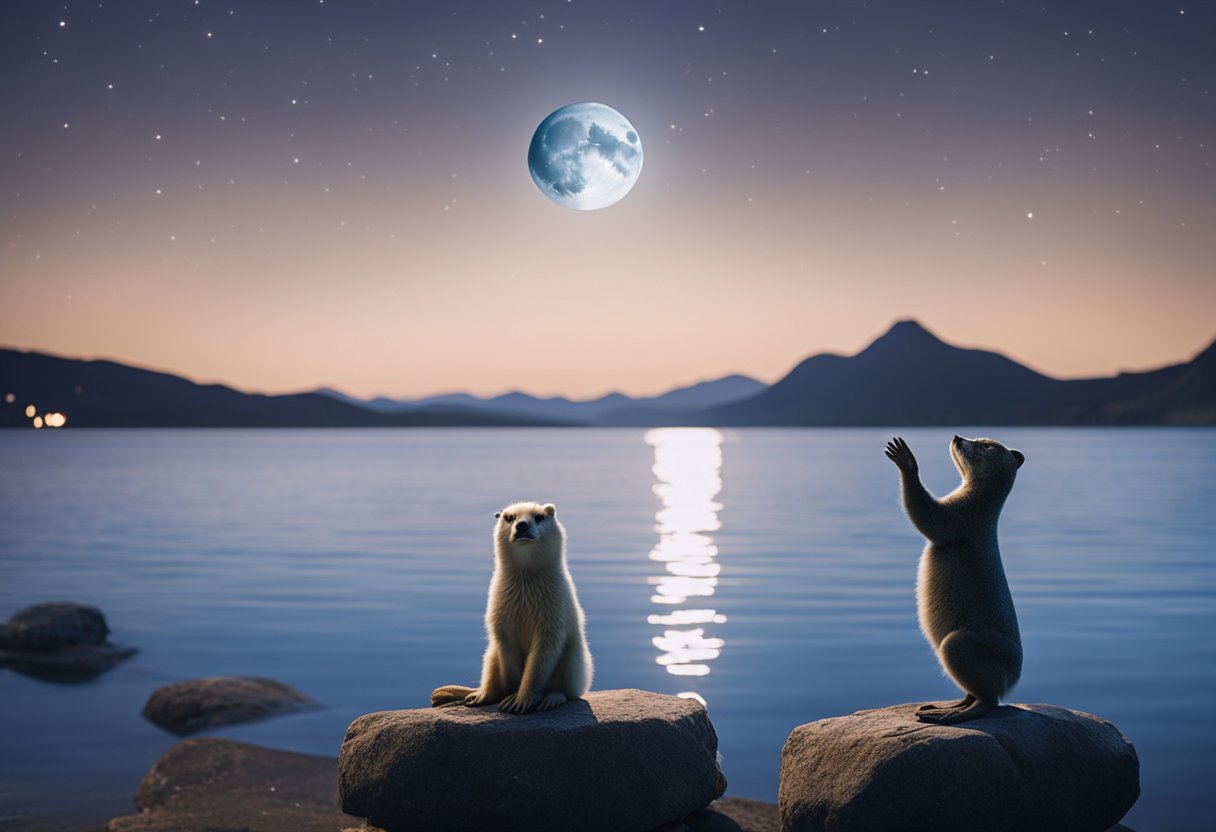
Exploring Irish Selkies and Japanese Kappas, we encounter distinct linguistic features and terminology deeply rooted in their respective cultures.
Linguistic Analysis of Myths
Ireland’s folklore is peppered with unique Gaelic phrases that encapsulate the essence of its mythical creatures. When discussing selkies, the Irish term maighdean Amhara captures the concept of ‘maidens of the sea’ and grants depth to these seal-like entities. Similarly, the terminology surrounding Japan’s kappas, mythological creatures often described with amphibious qualities, reflects a vital aspect of the language. Words like kawatarō or komahiki suggest not only the kappa’s association with water but also its nuanced role in Japanese mythology.
Translation Challenges
Translating mythological terms poses significant challenges due to the cultural nuances embedded within each language. For instance, translating selkie into Japanese must convey the creature’s enchanted dual nature without losing its Celtic connotations. Similarly, articulating kappa in Irish or English demands sensitivity to the creature’s mischievous, often malevolent, character traditionally conveyed through Japanese idioms. Accents add another layer of difficulty; a term spoken with an Irish brogue or Japanese intonation might introduce alternate meanings or emotional impact, which translation tools could overlook. As we navigate these cultural narratives, we ensure that our interpretations respect the integrity of the original language and the legend.
Gender and Mythology
In dissecting the fabric of mythology, we find that gender plays a pivotal role in shaping narratives. From the shores of Ireland to the waters of Japan, the portrayal of gender in folklore not only reflects societal norms but also offers a window into ancient perspectives on differences and stereotypes.
Roles in Selkie Legends
In the rich tapestry of Irish mythology, Selkies are often depicted differing by gender, with females typically being the focus of human desire and captivity. Male Selkies are known for their stereotypical roles, being handsome creatures who seduce and abandon human women. In these stories, frequent themes of modesty and romance come to the forefront, with the Selkie’s mythical seal skin often serving as a symbol of their identity, freedom, and the constraints placed upon them by human possessiveness.
Gender in Kappa Tales
Conversely, Kappa tales from Japan tend to veer away from the romantic narratives of Selkies and instead highlight the Kappas’ mischievous and, at times malevolent nature. Regardless of gender, these creatures are notorious for their obsession with politeness and a peculiar affinity for cucumbers. Modesty, however, comes into play as a water-filled dish atop their heads, which must stay filled to sustain their power and which they cannot afford to spill. Kappa stories span a range of themes, but gender-specific roles are less pronounced than in Selkie legends.
Societal Behaviours
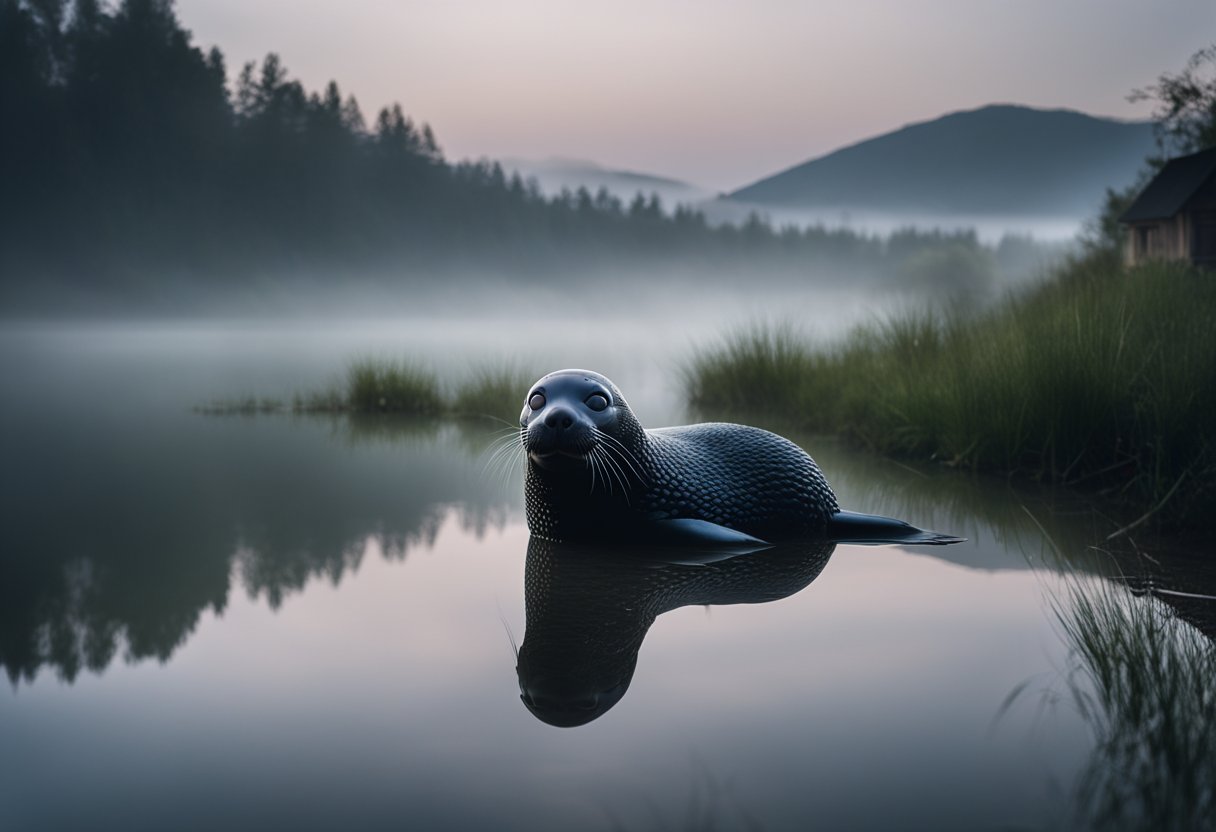
In exploring the lore of Irish Selkies and Japanese Kappas, we see intriguing reflections of human societal behaviours, particularly the contrasts between collective identity and personal autonomy and how these beings are perceived and act within their respective mythologies.
Collectivism vs Individualism
The Selkie myth encapsulates the quintessence of collectivism, where belonging to a group supersedes personal freedom. Our tales often describe Selkies as creatures longing for their communities at sea, demonstrating the importance of their collective identity. One can understand this by considering that when a Selkie’s skin is taken, they’re forced into an individual existence away from their group, highlighting the tension between individual desires and group norms.
On the other hand, Japanese Kappas embody individualism in their folklore, acting independently of others. They are notorious for challenging individuals to do sumo wrestling, reflecting their preference for personal achievement over collective harmony.
Public Perception and Mannerisms
Public perception of Selkies largely revolves around romantic and tragic associations, casting these beings as victims of human actions. Narratives often revolve around human stereotypes of passivity and victimhood, reflecting our interpretations of collective behaviour in these tales. Selkies maintain modest and reserved mannerisms when interacting with humans, aligning with traditional Irish folklore values.
Kappas in folklore inspire a mix of fear and amusement, with their mischievous behaviours contrasting sharply with the Selkies. Frequently portrayed with a sense of individual cunning, Kappas have a complex reputation and are often treated with a blend of respect and caution, as their interactions with humans are unpredictable and sometimes dangerous.
Our inquiry into these myths not only entertains but mirrors our societal expectations and the behaviours deemed acceptable within different cultural contexts.
Cross-Cultural Perspectives

In our interconnected world, exploring the similarities and differences in folklore, such as Irish selkies and Japanese kappas, offers insight into how cultural narratives echo across oceans.
Comparative Analysis Between Nations
We find common themes of metamorphosis and interaction when examining the lore of seals transforming into humans in the Irish myths of the selkies and the amphibious kappas of Japan. These entities embody the fears and fascinations of their respective cultures. The mythologies reveal how coastal societies personify the unknown, illustrating a cultural difference in the symbolisation of water creatures, yet a shared human curiosity.
Immigrants and Cultural Assimilation
For immigrants, cross-cultural adjustment becomes a lived embodiment of a folkloric transformation, not unlike selkies or kappas. These individuals often navigate between maintaining their original cultural ties and adapting to their new environment, a duality that reflects the intrinsic human struggle of identity seen in these cultural entities. Their experiences as foreigners or citizens are a testament to the rich tapestry that cultural exchange weaves into the fabric of societies.
Symbolism and Themes
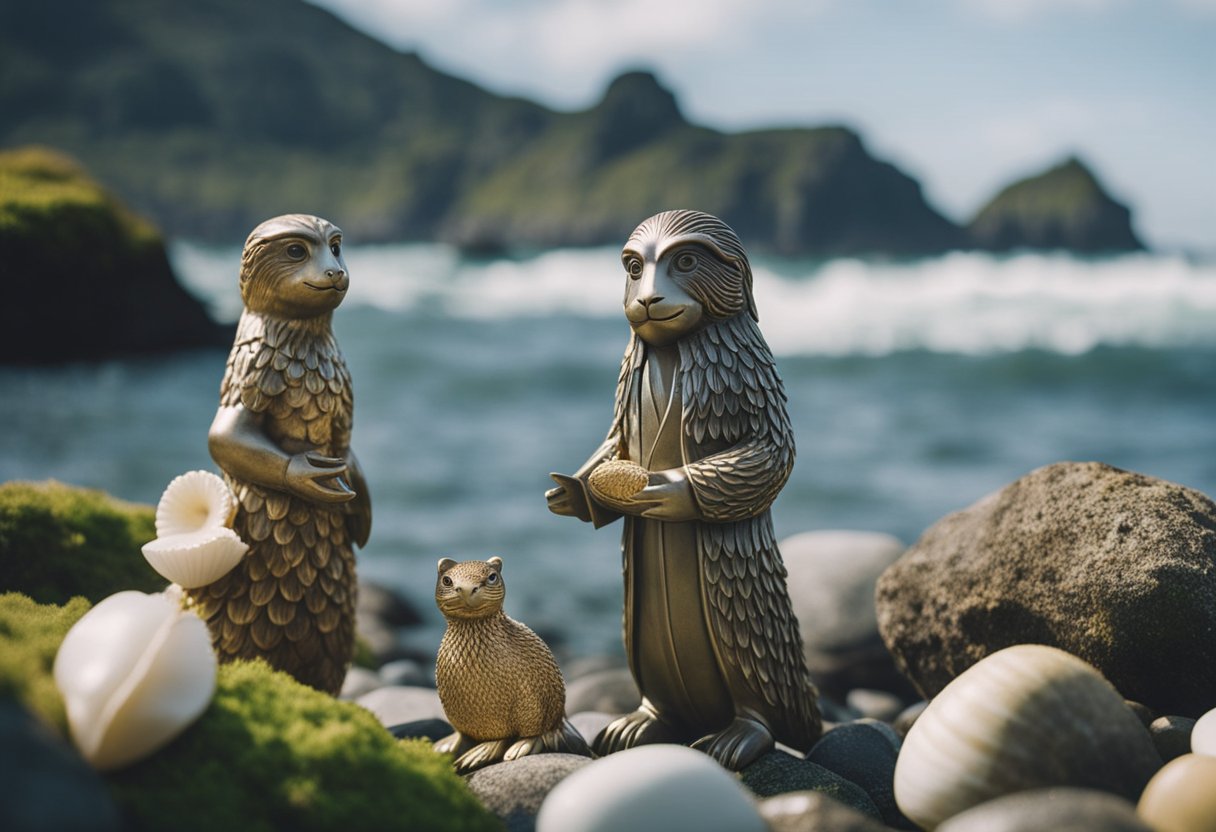
In exploring the rich tapestries of Selkies from Irish folklore and the Kappas of Japanese mythology, we uncover a shared narrative thread that weaves through each culture’s connection to the natural and supernatural worlds. These themes resonate with fundamental aspects of human experience, including our relationship with nature, transformation, and the struggle between freedom and captivity.
Nature and Supernatural Elements
The Selkies, known as mystical seal creatures from Irish and Scottish lore, often embody the intersection of the natural and supernatural realms. Their ability to shed their seal skins and reveal a human form symbolises transformation and the fluid boundary between worlds. This literal ‘changing of the skin’ points to themes of identity and the intrinsic link between humans and nature. On shrouded shores where the waves break against the rocks, we learn that Selkies possess a certain green-tinted affinity with the ocean, which illustrates a larger point: the environment defines and shapes folklore.
Turning our gaze to the Japanese Kappas, these water-dwelling creatures echo the theme of nature’s duality—beneficial and yet potentially dangerous. Known for their mischievousness, Kappas have been told to aid in areas such as fresh-water irrigation—indicating their positive association with agriculture and water management, or the ‘water-wright’. However, as much as they can support the green growth of rice paddies, they can also pull the unwary into their watery domain, reflecting the orange light of sunset on regrettable tales of drowning.
Waves of Influence and Adaptations
Through centuries, the legends of Selkies and Kappas have ridden the waves of change, adapted by each generation. The Selkies’ lore, once anchored in oral tradition, now finds expression in modern media, capturing the imagination of a global audience. Platforms like Connolly Cove have been pivotal in sharing these stories, not just as a chapter in the island’s history but as part of a narrative that transcends geographical and cultural boundaries.
Across the seas in Japan, Kappas have similarly transcended their mythological origins to become a symbol of environmental stewardship. In modern adaptations, these creatures often emerge as guardians of water bodies, fostering a respect for nature’s resources. These stories encourage us to consider our relationship with our environment; they prompt a reflection on how we might become better stewards of the world we share. Kappas have thus evolved from cautionary tales into emblems for ecological awareness, showcasing how myths can inform real-world attitudes and behaviours.
Global Echoes
In examining mythological tales, we observe striking similarities between the Irish selkies and Japanese kappas, which reflect a shared human fascination with the supernatural across different cultures.
Mythological Echoes in Western Societies
Folklore in Western societies like the United States, Canada, and Australia often reveals a fascination with mythical creatures that resonate with the characteristics of Irish selkies. Tales of half-human, half-seal beings, known as selkies, are prominent in Western folklore and have a strong presence in the storytelling tradition, especially within the Irish and Scottish cultures. Selkies, which are seals in the water and take human form on land, epitomize the complex relationship between nature and humanity that can be found in these societies’ cultural narratives.
Cultural Footprint Beyond Borders
Beyond the West, stories with a similar essence extend into Eastern traditions, notably within Japanese culture, where creatures like kappas also bridge the gap between the human and the non-human realms. The kappa, a water sprite found in Japanese folklore, shares parallels with selkies in its shifting form and watery domain. Both creatures represent a cultural footprint that transcends their origins, echoing universal themes of transformation, identity, and the supernatural. The lore of selkies and kappas demonstrates how traditional myths and legends can cross oceans, leaving a lasting impact far from where they first emerged.
Contemporary Relevance
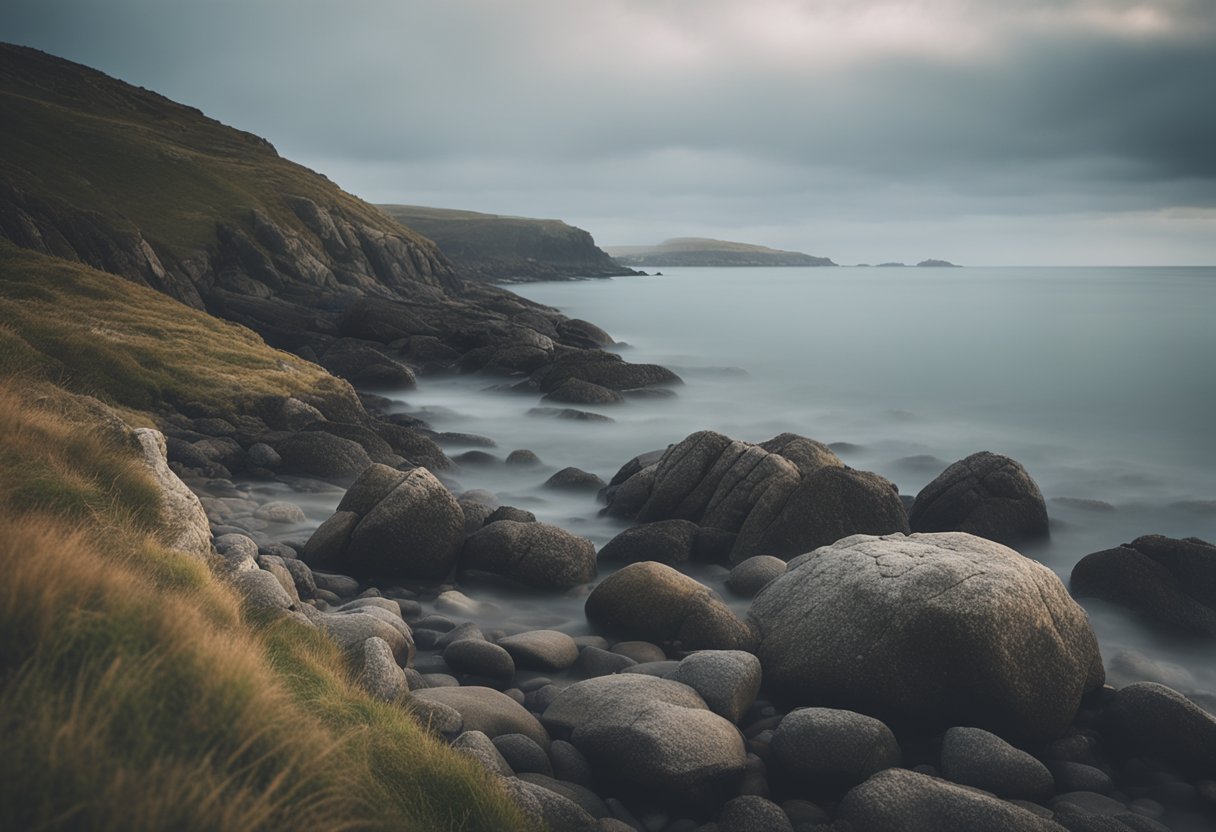
As we explore the enduring impact of folklore, we must recognise how myths from various cultures remain relevant in today’s world. Not only do they remain fixtures of cultural identity, but they also frequently resurface with new interpretations in various forms of media.
Modern Interpretations
Mythological creatures, such as the Irish selkies and the Japanese kappas, have experienced a resurgence in various cultural productions. These tales have been revived and reimagined, reflecting contemporary concerns and ideologies. Artists and writers often draw from these stories to comment on identity, environmentalism, and transcultural interactions. For example, selkies, traditionally seen as creatures embodying the untamed spirit of the ocean, often signal ideas about nature’s relationship with humanity. In poetry and literature, female Irish poets use selkies to explore themes of femininity and freedom.
Myths in Today’s Media
Folklore like that of the selkies and kappas frequently features in today’s media, resonating with global audiences. Films, literature, and online content harness these myths to weave narratives that speak to a contemporary audience. Our culture’s fascination with these stories is evident in their recurrence and the frequencies with which they appear across various media platforms. Wilderness Ireland discusses the selkie legends, highlighting their prevalence in Irish storytelling. Platform platforms such as Connolly Cove delve into their significance and their evocative portrayal of the link between the Irish people and the sea. These platforms demonstrate how such tales retain their magnetic allure, finding new life and relevance in our modern world.
Conclusion

In our exploration, we’ve unveiled intriguing parallels between the Irish Selkies and Japanese Kappas, showcasing the richness of folklore across different cultures.
Summary of Cross-Cultural Influence
Our analysis shows that both Selkies and Kappas embody the interplay between the human and supernatural realms, each reflecting the unique perspectives of their respective cultures. The Irish Selkies, gentle shapeshifters of the sea, contrast with the Japanese Kappas’ mischievous yet occasionally benevolent nature. While Selkies reflect themes of freedom and captivity within relationships, Kappas are cautionary figures that enforce societal norms and respect for water bodies.
Reflections on Future Research
Looking to the future, research will benefit from a deeper dive into how such myths inform contemporary cross-cultural dialogues. An expanded comparative analysis could offer insights into how folklore adapts over time and in different social contexts. Our continued scholarly attention might reveal how these stories, while distinct in character and origin, resonate with universal themes of identity, morality, and our relationship with nature.
Frequently Asked Questions
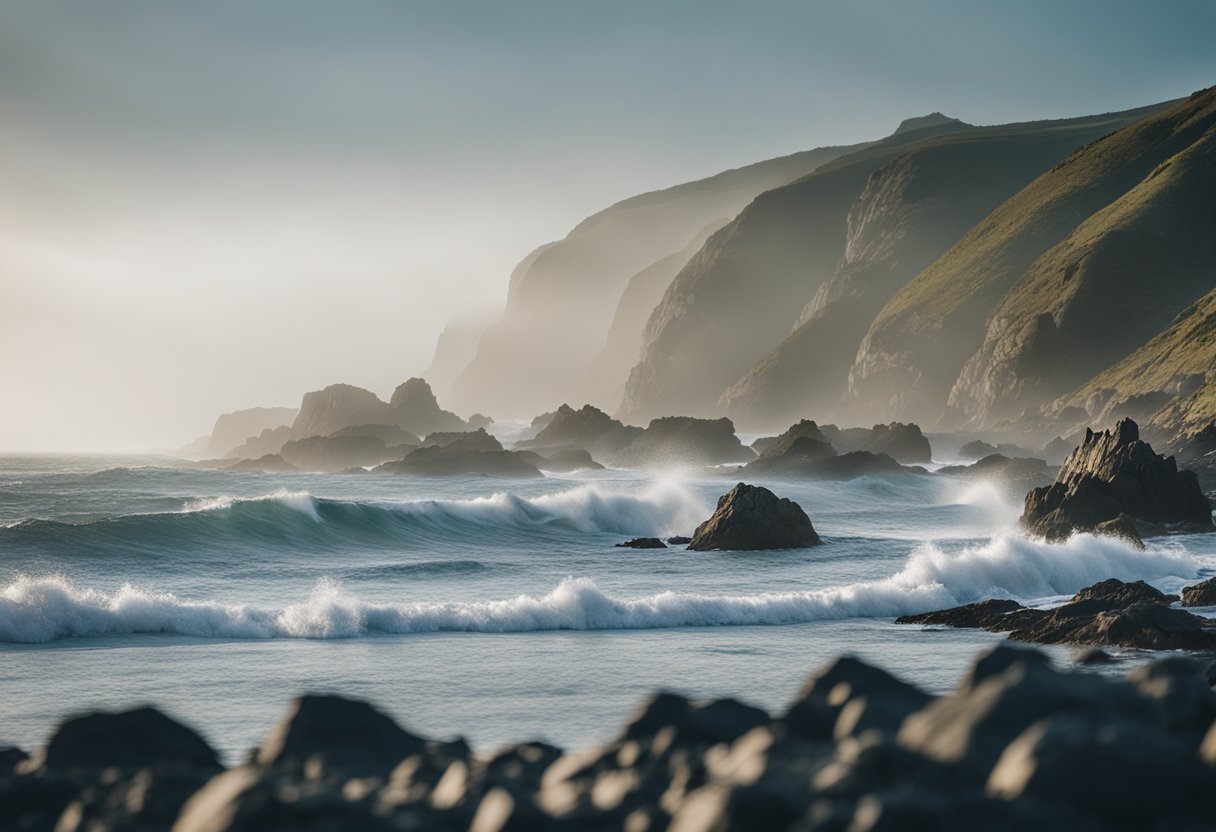
As we explore the intriguing worlds of Irish Selkies and Japanese Kappas, we touch upon your most pressing inquiries.
What are the main characteristics of selkie folklore?
Selkie folklore primarily involves mythical beings transforming from seals into humans by shedding their skin. These creatures are rooted in the marine tales of Scotland and Ireland, enchanting with their shapeshifting abilities.
How do selkie myths vary between male and female selkies?
The myths surrounding male selkies often depict them as irresistible to human women. In contrast, female selkies are known for their enchanting beauty and the heartbreaking tales of their pelts being hidden or stolen by human men, thus preventing their return to the sea.
What is the cultural significance of kappas in Japanese tradition?
Kappas are amphibious beings considered mischievous and respectful entities within Japanese folklore. Their respect for politeness and their role in teaching moral lessons underscore their profundity in traditional Japanese tales.
How does the selkie’s seal pelt influence the stories told about them?
The selkie’s seal pelt is pivotal; it’s their essence, giving them the power to return to their seal form. Many stories focus on the theft of the pelt, leaving the selkie stranded between worlds, often leading to tragic outcomes. For more details, you can delve into The Legend of the Selkies.
What is the distinction between kelpies and selkies in mythological terms?
Kelpies are water spirits from Scottish folklore, taking the form of horses and known for their malevolent tendencies towards humans, unlike the more benign and often romantic nature of selkies.
In Irish folklore, what entity is comparable to the concept of the boogeyman?
The Banshee might be considered the closest Irish equivalent to the boogeyman, given her foreboding presence and association with omens of death, despite their differences in roles within their respective folklore traditions.


